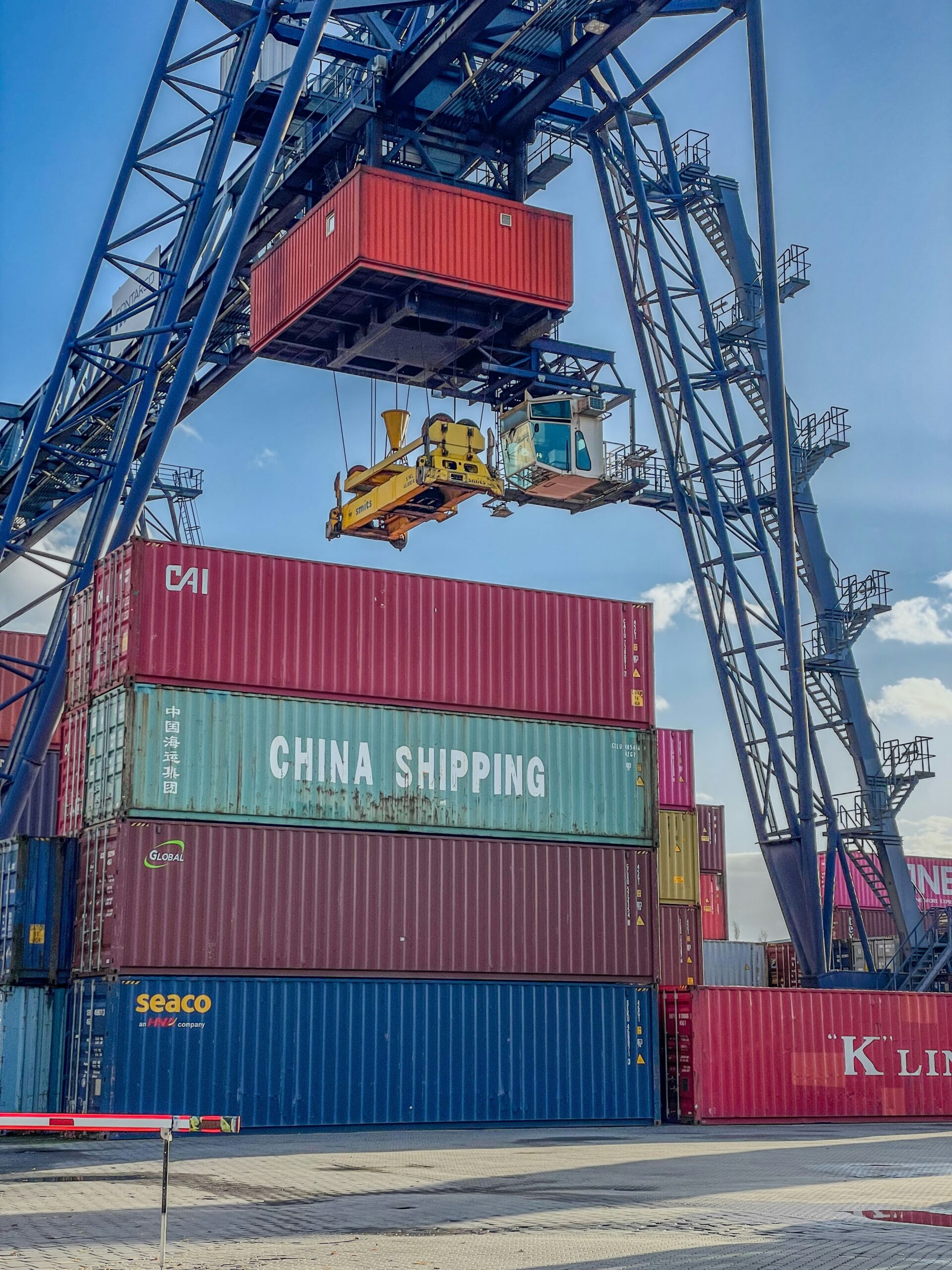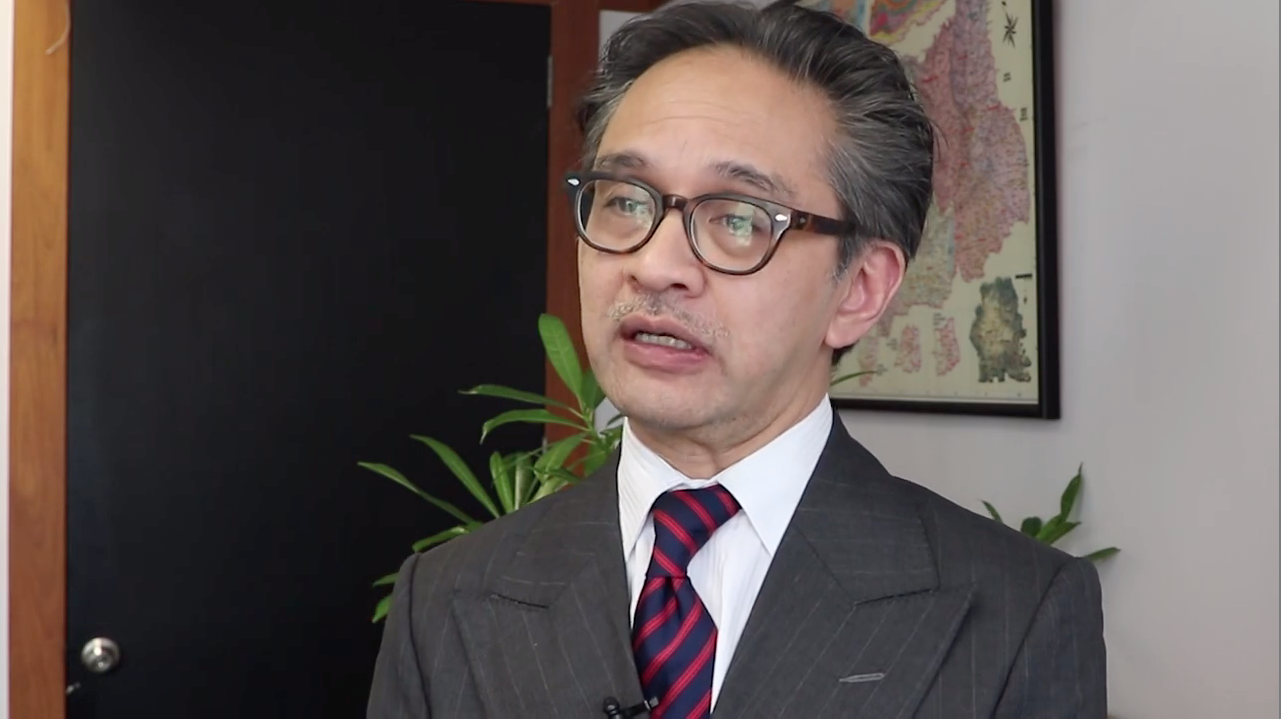ASEAN’s position in global trade has become more important as tensions between the United States and China continue to affect supply chains. As companies search for alternatives to reduce their reliance on Chinese manufacturing, Southeast Asia offers both opportunities and challenges. The question is whether ASEAN can diversify supply chains enough to reduce vulnerability to external shocks.
ASEAN includes ten countries with varying levels of economic development, infrastructure, and governance. This diversity creates flexibility for investment, but it also leads to inconsistency. For example, Singapore offers high-quality logistics and digital infrastructure, while countries like Laos and Myanmar struggle with basic transport and customs systems. This uneven development means supply chain relocation cannot spread evenly across the region.
Still, ASEAN has made progress. Between 2015 and 2022, intra-ASEAN trade increased by over 30 percent, reaching around $850 billion. Foreign direct investment also grew. In 2022, ASEAN attracted over $220 billion in FDI, with a large share coming from companies seeking to shift operations away from China. The electronics, textiles, and automotive sectors led this change. Vietnam, for instance, became a major hub for electronics assembly. Samsung moved much of its smartphone production to Vietnam, and Apple suppliers followed with investment in components and assembly operations.
Labor costs also play a role. The average manufacturing wage in Vietnam or Indonesia remains well below China’s. This creates an incentive for labor-intensive industries to move operations to ASEAN countries. However, low wages alone do not guarantee stability. Labor shortages, skills mismatches, and rising domestic costs can limit long-term gains. For example, Vietnam faces growing wage pressure in industrial zones, and skilled labor is in short supply in fields like precision engineering or chip design.
Infrastructure is another factor. ASEAN countries have invested in ports, highways, and industrial parks. Thailand’s Eastern Economic Corridor and Indonesia’s Batang Industrial Park are designed to attract high-tech manufacturing. Still, logistics performance varies widely. According to the World Bank’s Logistics Performance Index 2023, Singapore ranks in the global top ten, but countries like the Philippines and Cambodia fall far behind. This gap creates bottlenecks that can disrupt supply chain reliability.
Trade agreements support diversification efforts. ASEAN has signed the Regional Comprehensive Economic Partnership (RCEP) with China, Japan, South Korea, Australia, and New Zealand. RCEP reduces tariffs and streamlines rules of origin. This encourages production networks that span several countries, allowing companies to shift stages of production without losing tariff benefits. For example, a firm could source components from Malaysia, assemble them in Vietnam, and export the final product to Japan or Australia under the same agreement.
Still, ASEAN’s role in the China-plus-one strategy is not risk-free. Some companies move parts of their operations to ASEAN, but they keep core functions in China. This partial relocation limits how much ASEAN reduces exposure to China-related risks. In many cases, critical inputs still come from China. A disruption in Chinese ports or factories affects ASEAN-based operations. During the COVID-19 pandemic, for example, shortages of raw materials from China delayed production in Vietnam and Thailand.
Geopolitical risks also affect supply chain decisions. ASEAN countries try to maintain neutrality between the U.S. and China, but pressure is growing. U.S. policy now includes incentives for reshoring and nearshoring, along with sanctions on certain Chinese technologies. China responds with its own trade measures and strategic investments. ASEAN countries face tough choices. If they move too close to one side, they may lose access to investment or markets from the other. This balancing act slows policy decisions and reduces long-term planning certainty.
To build more resilient supply chains, ASEAN needs coordinated policy action. First, investment in infrastructure must continue. Public and private spending should focus on ports, roads, digital logistics systems, and energy supply. Without reliable infrastructure, factories cannot meet delivery times or quality standards required by global customers.
Second, education and workforce training need more attention. Technical and vocational programs should match current and future industry needs. Countries like Malaysia and Thailand have started to invest in automation and robotics training, but gaps remain. If ASEAN countries want to attract high-value industries, they need a workforce with the right skills.
Third, regulatory reforms are essential. Customs procedures, investment rules, and tax policies still vary widely across ASEAN. This creates confusion and raises compliance costs. ASEAN has taken steps toward harmonization, but more consistent implementation is needed. Investors want clear rules, fast approvals, and low corruption risk. Countries that provide these conditions attract more stable and long-term supply chain investment.
Digital tools also play a role. Governments and companies are testing blockchain for shipment tracking and digital customs clearance. These tools reduce paperwork, speed up processing, and improve transparency. For example, Singapore’s Networked Trade Platform integrates trade data from logistics, finance, and customs to reduce delays and fraud. Other ASEAN members can learn from such models and adapt them to local conditions.
Regional cooperation must continue. ASEAN as a group needs to coordinate better on standards, infrastructure links, and crisis response plans. A supply chain that crosses borders will only be as strong as its weakest link. A breakdown in one country can affect the whole chain. During natural disasters or pandemics, shared information systems and joint recovery plans help reduce downtime.
ASEAN has potential, but success depends on execution. The region has already attracted major investment flows, but further progress requires consistent policies, better infrastructure, and workforce development. Companies looking to diversify away from China will consider ASEAN, but only if it offers reliability, transparency, and long-term value.
You should not assume that diversification will happen automatically. It takes time, capital, and coordination. ASEAN offers part of the solution to global supply chain risk, but it is not a complete substitute for China. By improving internal capacity and working together, ASEAN countries can take a larger role in global manufacturing. Your decisions about trade, investment, and partnerships should take these factors into account.



